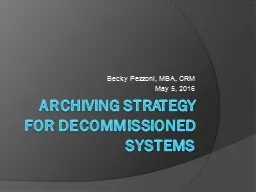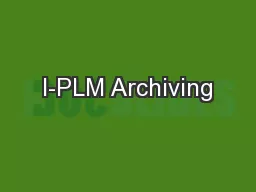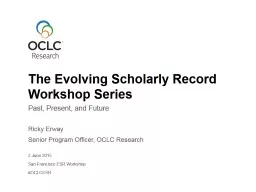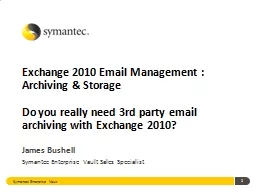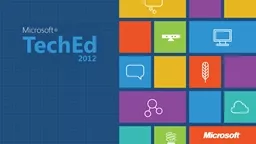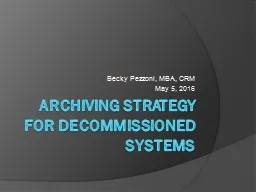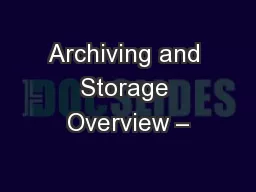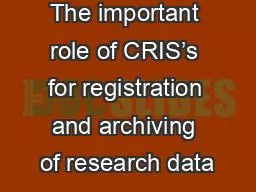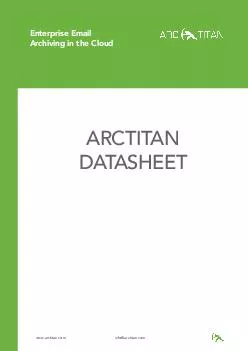PPT-Archiving strategy for decommissioned systems
Author : kittie-lecroy | Published Date : 2018-09-21
Becky Pezzoni MBA CRM May 5 2016 Decommissioning What and When A process by which a business application is removed from use Requires analysis of the system and
Presentation Embed Code
Download Presentation
Download Presentation The PPT/PDF document "Archiving strategy for decommissioned sy..." is the property of its rightful owner. Permission is granted to download and print the materials on this website for personal, non-commercial use only, and to display it on your personal computer provided you do not modify the materials and that you retain all copyright notices contained in the materials. By downloading content from our website, you accept the terms of this agreement.
Archiving strategy for decommissioned systems: Transcript
Download Rules Of Document
"Archiving strategy for decommissioned systems"The content belongs to its owner. You may download and print it for personal use, without modification, and keep all copyright notices. By downloading, you agree to these terms.
Related Documents

